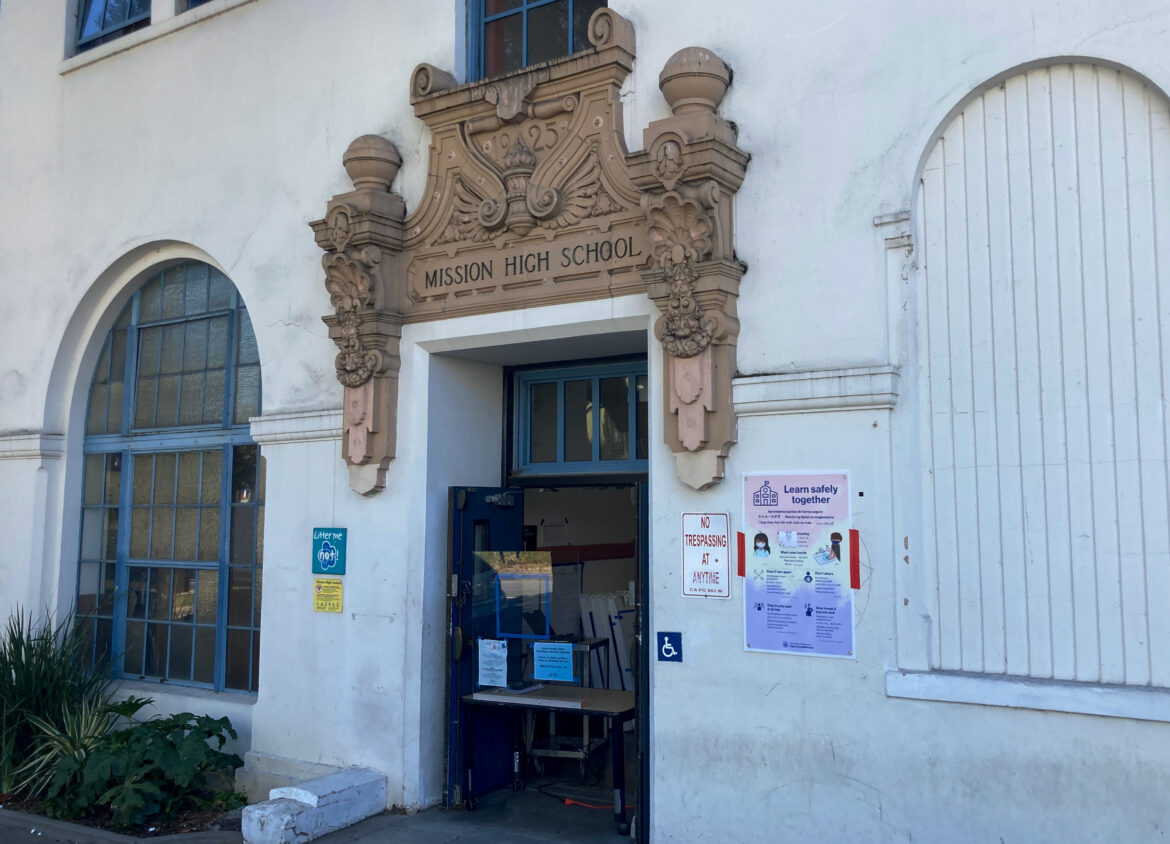Some students in the San Francisco Unified School District are back in classrooms — as of April 26, a district statement indicated more than 19,000 children had returned to campuses. But there are tens of thousands more students in the district. The Board of Education has resolved to give all students the option to return to in-person instruction in the fall. Gentle Blythe, deputy superintendent of strategic partnerships and communications with the district, discussed with “Civic” the impacts of distance learning and next steps for reopening schools.
One factor is whether requirements for distance between students in the classroom remain in place, which Blythe said is the biggest limiting factor for classroom capacity.
“We’re planning for a few different scenarios. We definitely have commitment across the board to reopen our schools for five days a week for any student who is able and wants to return to in-person learning,” Blythe said. “What we are still figuring out is whether or not that’s going to be able to look something more similar to what it looked like in January 2020, or if it’s going to need to look more like what it looks like now.”
Federal, state and local guidelines will determine whether classrooms must maintain a certain distance between students. Other measures, like screening students for COVID-19 symptoms as they arrive, will likely remain in place. Parents have also been instructed to send their kids to school with extra layers of clothing, as windows should stay open to ensure ventilation.
Students, parents and teachers alike have raised concerns — including on “Civic” — about student mental health after a year of separation from classmates and friends. Blythe said San Francisco’s school district has invested more than many others in the state in social and emotional learning and support for students. That includes social workers, counselors and wellness centers in high schools.
“We’ve been really fortunate because we have the public education enrichment fund, we have other kinds of supplemental dollars that are specifically targeting those kinds of support services for students,” she said. “As we come back, we anticipate that we will be able to then lean on those systems that we already have, and just fill them out even more.”
The district also faces a growing gap between the academic progress of students with fewer resources at home and those with plenty of support.
“What we have found is, sadly, that the places where we already were seeing gaps in opportunity, that those gaps were exacerbated,” Blythe said. “So for students who had, you know, potentially families that were more likely to have to work multiple jobs during the pandemic, or who themselves maybe hadn’t had a lot of educational opportunities, that those students were falling further behind, and that those students who were in households might have had more support for their education were actually, making progress as expected.”
The answer, she said, is to create engaging curricula and strong relationships among students and between students and staff. Blythe said one thing to avoid is holding children back when they fall behind, for example by separating children who are not reading at their grade level from their class. The learning experience for the student should be seamless, she said.
“As we come back next fall, we’re hoping that we can see this as an opportunity to build on the lessons that we’ve learned about what really works to engage students, especially those who have been the least served in our system,” she said.
A segment from our radio show and podcast, “Civic.” Listen at 8 a.m. and 6 p.m. Tuesdays and Thursdays at 102.5 FM in San Francisco, or online at ksfp.fm, and subscribe on Apple, Google, Spotify or Stitcher.










